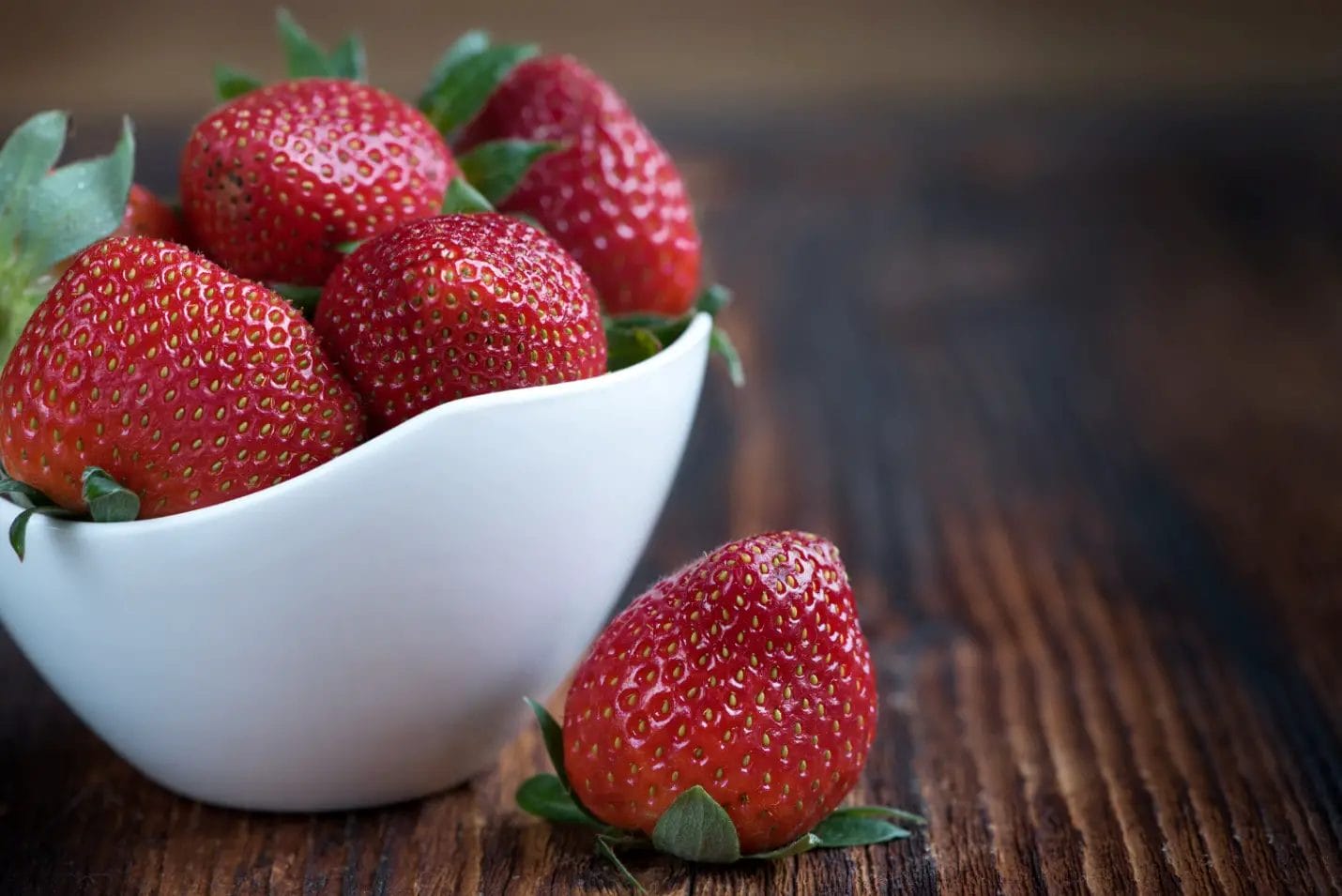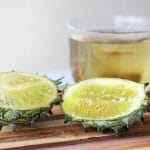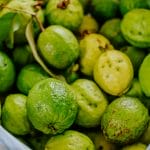If you enjoy researching fruits that begin with specific letters, you have come to the right place. We have compiled a list of fruits that begin with the letter I. You will find every fruit, from Indian mango and Indian gooseberry to Indian fig. Read on to get familiar with all the fruits that start with I.
1. Indian Fig
The Indian fig, also known as the prickly pear, cactus pear, or barbary fig, is an unusual fruit. Most people are not familiar with it. Its plant is shaped like a cactus and can produce various fruits and vegetables. Shocking, right? We feel you!
These cactus plants produce prickly pear fruits coated in spiky thorns and come in two different colors – dark red and green. In addition to raw consumption, you can also make jam or jelly by peeling and chopping them.
Indian figs are a great source of vitamin C and antioxidants. In Mexico, the cactus stems, known as nopalitos, are served as a vegetable. They look somewhat similar to this fruit.
2. Indian Mangoes
Many people are unaware of the fact that over half of the world’s mangoes are grown in India. Therefore, mangoes are dubbed as the country’s official fruit.
Mangoes come in many varieties, but Indian mangoes, when fully ripe, are a greenish-yellow color. The insides of these fruits are a stunning shade of orange. These mangoes are commonly used in Indian mango chutney. However, they are also delicious when eaten raw. Since they are tart rather than sweet, they are a common addition to fruit salads and salsas.
3. Illawarra Plums
In Australia, Wales, and Queensland, little plums that seem more like berries can grow in the wild. They are found in a beautiful blue-purple shade, and they display their seeds on the outside, as all fruits should. You can eat them by twisting off the outer seed and putting the remaining fruit into your mouth.
When eaten raw, they are sweet and juicy. However, they can also be used to make jellies, jams, and a high-alcohol beverage.
4. Indian Gooseberry
Indian gooseberries are considered to be a delicacy in the Indian region. It’s hard to deny that Indian gooseberries taste great. In addition to that, they also offer a long list of medicinal benefits. These include aiding digestion, controlling blood sugar, and preventing cancer. They are considered to be a superfood. It can grow to the size of a grape or a golf ball and freezes nicely.
5. Indian Jujube Fruit
Another Indian fruit with high vitamin C content is this Jujube. When completely ripe, the orangey-red fruits are tiny, round, or oblong in shape. You can consume both the ripe and the unripe kinds of this fruit.
Ripe jujubes have a somewhat spongy texture and a unique, sweet, floral flavor. Some people prefer the salty flavor of unripe jujube fruit, which is crisp like an apple. This fruit can also be preserved, utilized in alcoholic beverages, or processed into jelly, candy, or chutney.
6. Indian Almonds
This hybrid of a nut and fruit, known as an Indian almond, is native to the subcontinent. The almond flavor comes from the fruit’s inside nut. Because of this, the fruit’s outside can also be eaten. If you look at the ripe version of this fruit, you will see a series of color changes, culminating in a purple-red hue. In addition, the seed, almond, is also edible when it’s growing.
Indian almonds are sweet, juicy, and a bit sticky to eat. If you don’t want to dirty your hands, take caution beforehand. However, the acidic aftertaste isn’t completely unappealing.
7. Ice Apple
A wide variety of tropical regions worldwide cultivate ice apples for their sweet, nutty flavor. Although they look like a cross between a turnip and an eggplant, ice apples have a more coconut-like flavor when fully ripe. You might find it weird at first; however, it is as good as any other fruit.
Ice apples have an abundance of iron, potassium, calcium, and antioxidants. As soon as they are cut open, their edible components are visible, making them look like ice. The jelly-like consistency releases water into your mouth for a cold, refreshing taste upon biting into the edible piece.
8. Indian Sherbet Berry
Muscadine-like in appearance, size, and flavor, these berries grow in clusters like grapes. Some of them are so sour that they are almost inedible to the masses. However, since they have Vitamin C and antioxidants in abundance, they are easy to digest. These berries also have medicinal uses. They are also good for you in the long run. If you are anemic or have respiratory ailments, you can benefit from Indian Sherbet Berry.
9. Ichigo
Ichigo means strawberry, and that is what Ichigo fruit is all about. This fruit is a light, cherry blossom-pink variety of Japanese strawberries that are delicious and fragrant. Additionally, they are rich in vitamins A (Ascorbic Acid), C (Coenzyme A), E (Tocopherol), and K (Ketoconazole). The only difference between these strawberries and regular strawberries is their color.







